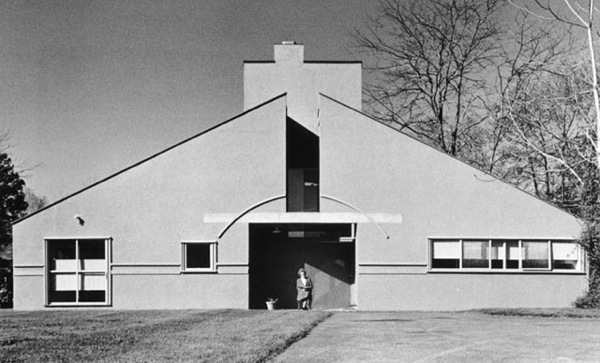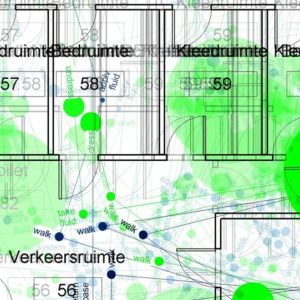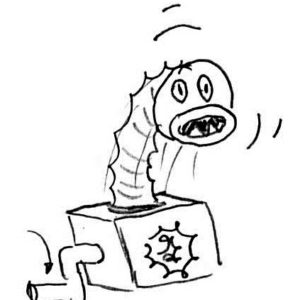Design-oriented ethnography seeks to find opportunities for innovation in social activities. Disturbances, tensions, and conflicts are sometimes used to ground or justify these opportunities, as if they could be avoided by an innovation. Ethnographers know that social contradictions cannot be resolved by design since they depend on collective endeavors; however, they still need to provide representations of contradictions so that designers can do something about them.
Too often, representing contradictions in more familiar terms such as “communication problems”, “user needs”, or “lack of resources”, push designers to create solutions for problems that cannot really be solved. The solution might appear clever to the designer yet silly to the ethnographer who knows the underlying complexity. This happens because the ethnographer’s representation already implied half of the solution when the contradictions were boiled down to problems.
The question posed for ethnographers and designers alike is: how to represent contradictions without trying to resolve them? Designers know how to do this, but only with contradictions between forms – i.e. the post-modern design that combines antithetical styles. The representation of contradictions between structures and functions are still to be developed in design and ethnography can bring this a step further.

Two ethnographic streams have the potential for that: the studies of expansive learning in Psychology and the studies of space production in Sociology. The former identifies contradictions in the learning activity as a means to raise self-awareness and expand knowledge. The later tries to reveal contradictions in the development of cities and buildings that can work as pivots for subversive actions and alternative futures. Both derive from Marxist roots, where contradictions are considered drivers for social change. Representing contradictions is believed to facilitate their resolution (social change), yet this is not to be mistaken with solutions since contradictions are supposed to transform into other contradictions and never really go away. The fact that contradictions cannot be removed makes society in a permanent state of change, i.e. as subject to history.
Representing contradictions without trying to solve them is an opportunity for ethnographers engaged in design to overcome their own contradiction of work. On one hand, they need to provide valuable input for design, but on the other hand, they should not do the designer’s job. Contradictions unresolved give much more possibilities for designers to work than contradictions solved. I have already surveyed many ways how to represent contradictions in this open way.

